Jump to: Gold Characteristics | Origin and History | Awards | Printing | Cosmetics | Glassmaking | In Space | Electronics | Medicine | Dentistry | Investing | Jewelry | Other Uses | Future Uses | FAQs
Gold is a versatile precious metal. Due to its very particular characteristics compared to other metals, pure gold stands out in various industry sectors.
In this article, we will delve into the many characteristics that make this precious metal a unique asset. We also bring a list of the top 10 uses of gold so you can better understand its importance not only to our society as a whole but also to our daily lives.
Gold Characteristics
In addition to being an efficient conductor of electricity, gold is an easy-to-handle metal due to its malleability. It can be molded into gold coins, hammered into thin sheets, made into wires, and gold leaf of different thicknesses.
These characteristics make the yellow metal ideal for application in the production of connectors present in many electronic devices, such as cell phones, computers, and even space vehicles.
As the most sought-after metal on earth, gold can be used neat or as an alloy with other metals. It does not tarnish, and its color and luster give it a superb aesthetic appeal. These characteristics, in turn, make gold the ideal metal for jewelry, like wedding rings, trophies, gold medals, gold bullion, coins, and all kinds of traditional and luxurious ornaments.
As for finance, it serves as an inflation hedge while it remains a symbol of power and wealth. Due to its intrinsic value as a hard asset, gold tends to perform well during times of economic instability, and many experts call it a "safe haven" against fiat currency devaluation.
Origin and History
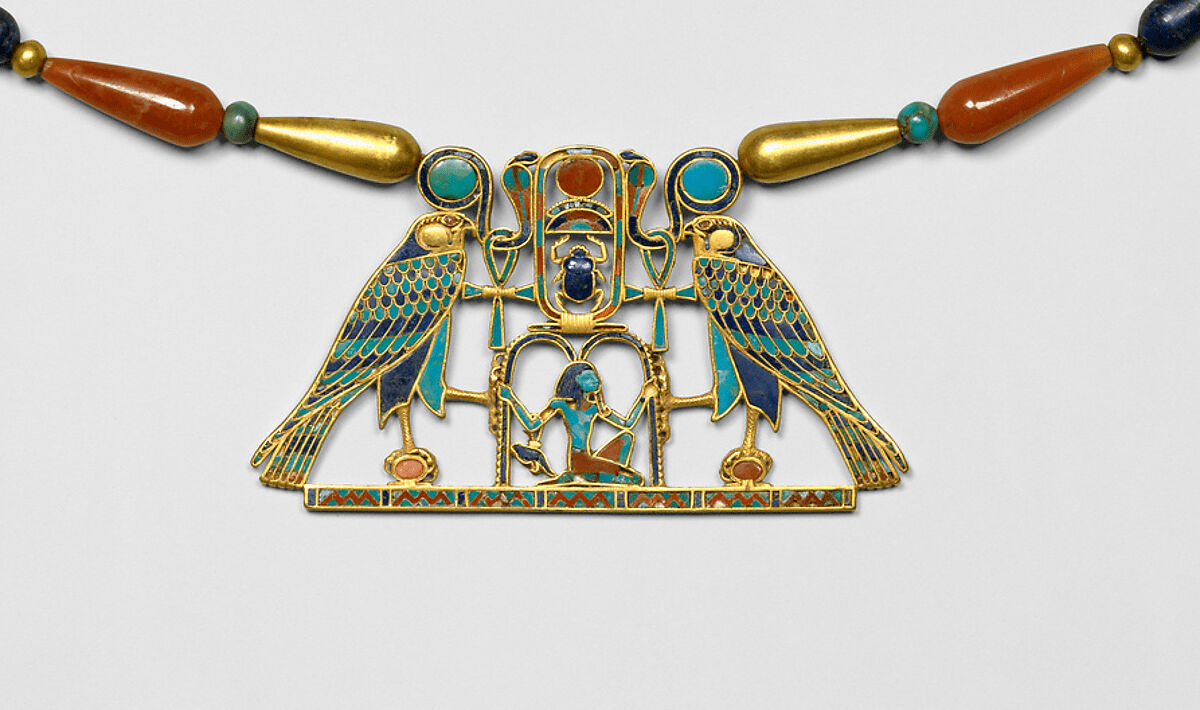
Ancient Egypt Pectoral and Necklace dating 1887–1878 B.C - Source
Gold symbolizes power and wealth in almost every culture since ancient civilizations. It is also associated with purity and beauty, often used in churches and awards – such as the Academy Awards Oscars, Grammys, and Olympic medals (though the latter is mostly made of silver coated with gold).
Many of the societies' most important objects are made of gold, even though said societies are significantly different themselves. From Europe to the Americas, Asia to Africa, gold has been a part of humankind for thousands of years.
The use of gold as a financial asset can be traced back to around 560 BC in Lydia – currently a region of Turkey. Gold coins continued to be the primary form of money exchange until the early 1900s, when they were replaced by paper currency.
Gold nuggets found in a stream are very easy to work and might have been one of the first metals used by humans. Although nearly 80% of the gold consumed or recycled nowadays is currently used for making jewelry (according to the World Gold Council), it has many different uses.
What is gold used for
Below, we enlist the top 10 uses of gold by different sectors of society nowadays.
10. Awards, displaying wealth and status symbols
People display wealth in many forms: clothes, accessories, and jewelry. And no color gives more glamor than gold. Various cultures from all over the world have gold in the highest esteem as a symbol of status.
In India, for example, it is believed that wearing gold jewelry attracts wealth and blessings. Gold is luxurious. People who wear it are considered superior. If we look back to the monarchies and empires, the reigning figure would wear crowns and adornments made of gold. The clergy – also of great importance and prestige for many years – have used gold in various religious objects, art, and buildings.
Symbols, crosses, and communion ware were made of silver and gold alloys because they are related to purity and other positive characteristics.
The status brought by gold value is also seen in awards for sports and arts. The first place in any sport in the Olympic Games (the epitome of all sports) is awarded Olympic medals, often a gold medal. In music, we have the Grammys and the Oscars for the movie industry.

9. Printing
Gold is usually associated with upper classes and quality. Think about printing: it improves the brand's reputation and grabs the viewer's attention with high-quality designs.
Real gold is used as foils. It works like a stamp and is called Foil Blocking. The foil gets pressed and heated, leaving a gold imprint and also an indentation in the material.
Nowadays, no cast or heat is needed, as U.V. light is used to fix the foil in the printed material. The indentation is no longer present, which is a letdown for some.
8. Cosmetics and beauty
Gold has been used in skincare treatments since ancient Egypt. It is known that Cleopatra and Nefertiti wore gold masks to sleep. Gold particles keep the skin hydrated and improve its elasticity, which can slow the aging process.
This precious metal has properties that help protect the skin. It has anti-inflammatory properties, which means it is ideal for treatments on sensitive, hyper-pigmented, and acne-scarred skin. Gold also decreases melanin production, making it a great asset in preventing sun damage.

7. Buildings and Glassmaking
Many of the windows in buildings are coated with gold to help regulate the temperature: when applied to the exterior part, it reflects the solar radiation outward, mainly during summer, to prevent the heat from getting inside the buildings. When applied to the interior portion of the windows, it reflects the warmth inward, which helps to control the temperature inside.
By using gold leaves, it is also possible to cover structures that become both durable and corrosion-resistant.
Those can be seen in the dome-like structures of religious temples and many other important buildings. This process is costly due to the gold price and the requirement of specialized craftsmanship to apply said gold leaves.

Royal Bank Plaza, Toronto: The glass for the outside body of the building was manufactured by Canadian Pittsburgh Industries and was colored using 2,500 oz (71,000 g) of gold.
6. In Space
The aerospace industry spends billions of dollars on developing a single spacecraft. After launch, any possibility of repairing components from earth drops to virtually zero. Hence the need for materials of the utmost reliability.
In spacecraft, gold is used in various forms. Besides the electronic components, gold is also used as a lubricant for mechanical parts, which does not lose its properties in a vacuum. It is also used as a reflective film to protect from infrared radiation – which both protects the astronauts and controls the temperature inside the vehicle by reducing heat absorption.
As a recent example, gold was also used in coating the mirror segments in the James Web Space Telescope due to its efficiency in reflecting infrared light.

James Webb Space Telescope's Golden Mirror: The telescope's mirrors are covered in a microscopical thin layer of gold, which optimizes them for reflecting infrared light, the primary wavelength of light this telescope observes.
5. Electronics
Gold is extensively utilized in the technology industry, particularly in producing electronic devices, where excellent conductivity is crucial. The components must be inert to prevent corrosion and uninterrupted, as modern electronics rely on very low voltages and currents.
Gold is inert, has high electrical conductivity, and is resistant to tarnish. For this reason, gold serves as a highly efficient conductor in relay contacts, wires, and soldered joints.
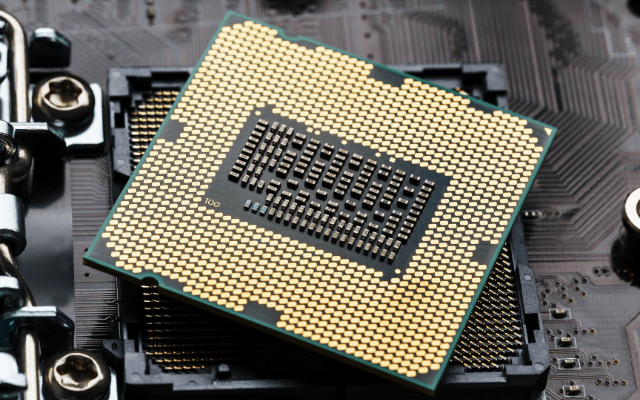
Sophisticated electronics, like smartphones, TVs, GPS (Global Positioning System), and calculators, incorporate a very thin coating of gold due to its high price. Even though almost a billion smartphones are made yearly, they have a short-term lifetime, the amount of gold in each is less than 0.04g of each, and a significant portion of these devices lead to unrecycled gold.
However, a positive trend is emerging, with more corporations embracing gold recycling.
Gold is also widely used in desktop or laptop computers. These devices demand reliable and accurate connectors and conductors to facilitate lightning-fast data transmission. Although the high cost is justified because of the vital role of computers, gold is often alloyed with other metals like nickel or cobalt to enhance durability, considering that computers generally have a longer lifespan than smartphones.
4. Medicine
Some medical conditions are treated using gold. Rheumatoid arthritis, some types of cancer, and lagophthalmos – a condition that prevents people from closing their eyes completely, are some examples.
Gold can also be used for diagnostics, life-support devices, surgical instruments (because of its inertness), and electronic equipment (for conductivity and reliability).
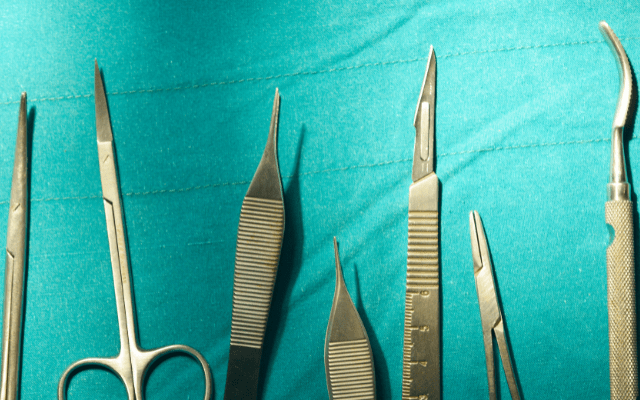
3. Dentistry
Gold is a chemically inert metal, highly durable, non-allergenic, and flexible. No need to mention its aesthetically appealing. These characteristics make it perfect for dentistry, such as tooth fillings, crowns, and bridges. The gold used in dentistry is predominantly white gold, usually 15 karat or higher, or a gold alloy with some other metal.
Although expensive, gold is the best-known metal for such procedures. It is believed gold has been used for over 2700 years to fill in cavities – although archaeological evidence can only back this theory up to 1000 years ago.
From a dental standpoint, the precious metal is a great restorative material with great bio-compatibility, adaptability, and high strength. The standard against which most other new materials are held. With care, gold restorations can last for many years.
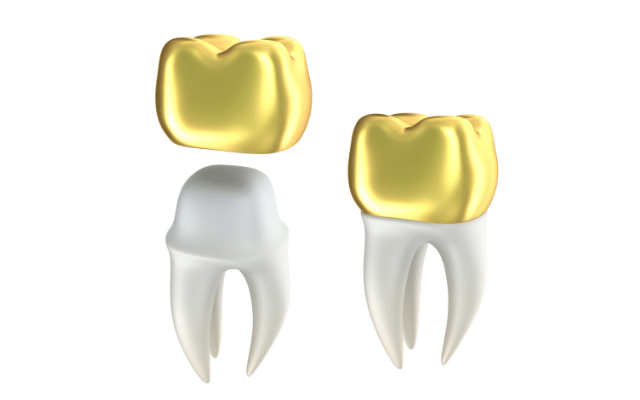
2. Currency, finance, and investments
As gold is scarce and intrinsically valuable, people have always used it to exchange money. It is easy to divide into smaller parts, durable and portable, and a highly efficient and reliable conductor.
Gold is a tangible wealth repository acquired by governments, central banks, financial institutions, and private investors.
The United States used a “gold standard” before the U.S. Dollar became an entire fiat-based currency, and in this system, they used to maintain actual gold to back every paper dollar printed. The gold standard allowed people to exchange their paper money for its value in gold.
Banks all over the world still maintain their gold reserves. Gold bars are the most commonly used form of storing gold due to their low manufacturing cost and ease of storage and handling.

Gold bullion coins are another common way to invest in physical gold bullion. Many government-owned mints across the globe produce these coins for investment and collection.
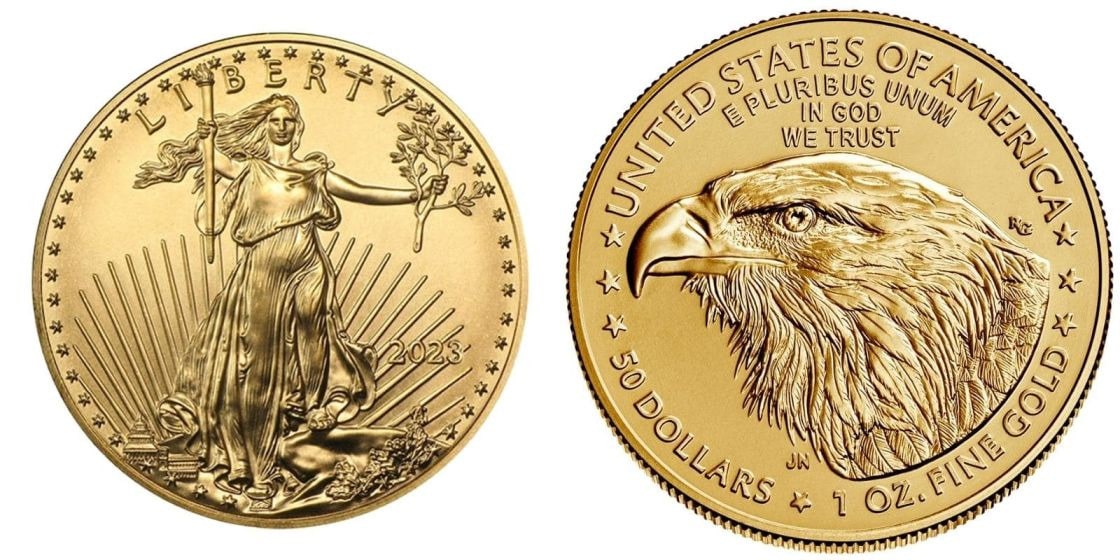
2023 1 oz American Gold Eagle Coin
The American Gold Eagle is a 22-karat gold coin (or .9167 fine gold) produced by the United States Mint since 1986. It was the first gold bullion coin the U.S. Mint produced, focused entirely on gold investing in the fiat currency era.
See also our list of the most popular gold coins to invest in.
1. Jewelry

Gold has been used in jewelry manufacturing since ancient history. Because it is easier to work with than most minerals. It is resistant to tarnishing, highly lustrous, and malleable, not to mention highly desirable due to its high value and attractiveness.
Unsurprisingly, it became a tradition for these symbols of social status (like crowns) to be made of gold.
Other unique uses of gold worth mentioning
Food and beverages
Even in gastronomy, this precious metal has become a symbol of status. Ancient Egyptians used edible gold more than 5,000 years ago. It was the first registry of human consumption of gold.
Edible gold nowadays is a particular type of gold authorized by the European Union and the United States as a food additive.
Gold is chemically inert, which means it won't be broken down and absorbed by our body during digestion. But more importantly, it must go through a few processes to be considered safe to ingest. For example, to be considered edible, it needs to be pure or at least 22-karat gold and silver alloy, which is also chemically inert.
Edible gold usually comes in a leaf that is millionths of an inch thick, used to decorate different dishes and make them expansive and unique, from desserts to wines and drinks. If you are wondering what gold tastes like, unfortunately, genuine gold is tasteless and doesn't affect the flavor of the food. It serves mainly as a way of representing status and wealth.
Fashion

According to the Royal Collection Trust, there is a strong tradition of the use of cloth of gold and gold needlework in royal clothing in both fashionable dresses and ceremonial garments. A cloth of gold is a fabric woven with a gold-wrapped or spun weft.
Gold's cloth originates in ancient Rome and Greece, where it was often used for ecclesiastical vestments and considered a fabric befitting of royal status.
From the earliest times, it was a fabric reserved only for the wealthiest and most important in society, usually royalty, nobility, or the church.
Future uses of gold
The cost of using gold in everyday activities and utensils makes its final price high, so its use is made only when it is impossible to replace with any alternative metal. With such complete and functional properties, a similar component will hardly overcome the gold regarding costs.
Considering the last 30 years, where the use of gold has been consolidated in different sectors of the industry, the tendency is that the population increase, the greater purchasing power, the elaboration of certain products with low durability, and the launch of several versions in a short time, make this demand even greater until a replacement is found.
The fluctuations in global economic conditions might significantly impact gold prices; check the gold spot price here.
FAQs
What is gold most used for today?
Jewelry production is the foremost application of gold, owing to its exceptional properties that render it ideal for crafting exquisite ornaments. Approximately 78% of the total gold mined is intended for jewelry fabrication.
Why is gold used for currency?
Although there are no more countries in the world with the gold standard, gold, with its noble properties, was used as a currency and commodity money for centuries. It does not corrode, can not be easily damaged, and will not poison the holder or lose value over time. Moreover, it is malleable, which makes it easy to turn into coins with specific weights and measures to standardize face value and circulation.
What is colloidal gold used for?
Also known as Gold Colloid, this material comprises very fine gold particles dissipated into pure deionized water. It has anti-inflammatory, healing benefits, and rejuvenating properties. It is used for various therapeutic purposes, including treating rheumatic diseases and diagnostics.
What is liquid gold used for?
Liquid gold is a solution containing a small percentage, usually 5% to 10%, of an Alpha Hydroxy Acid (AHA), usually Glycolic Acid. It is enough gold to be used as a chemical exfoliating tonic. It breaks down dead skin cells from the outer layers of your skin. It can help reduce sun damage and wrinkles, giving the skin a plumb and younger appearance.

















